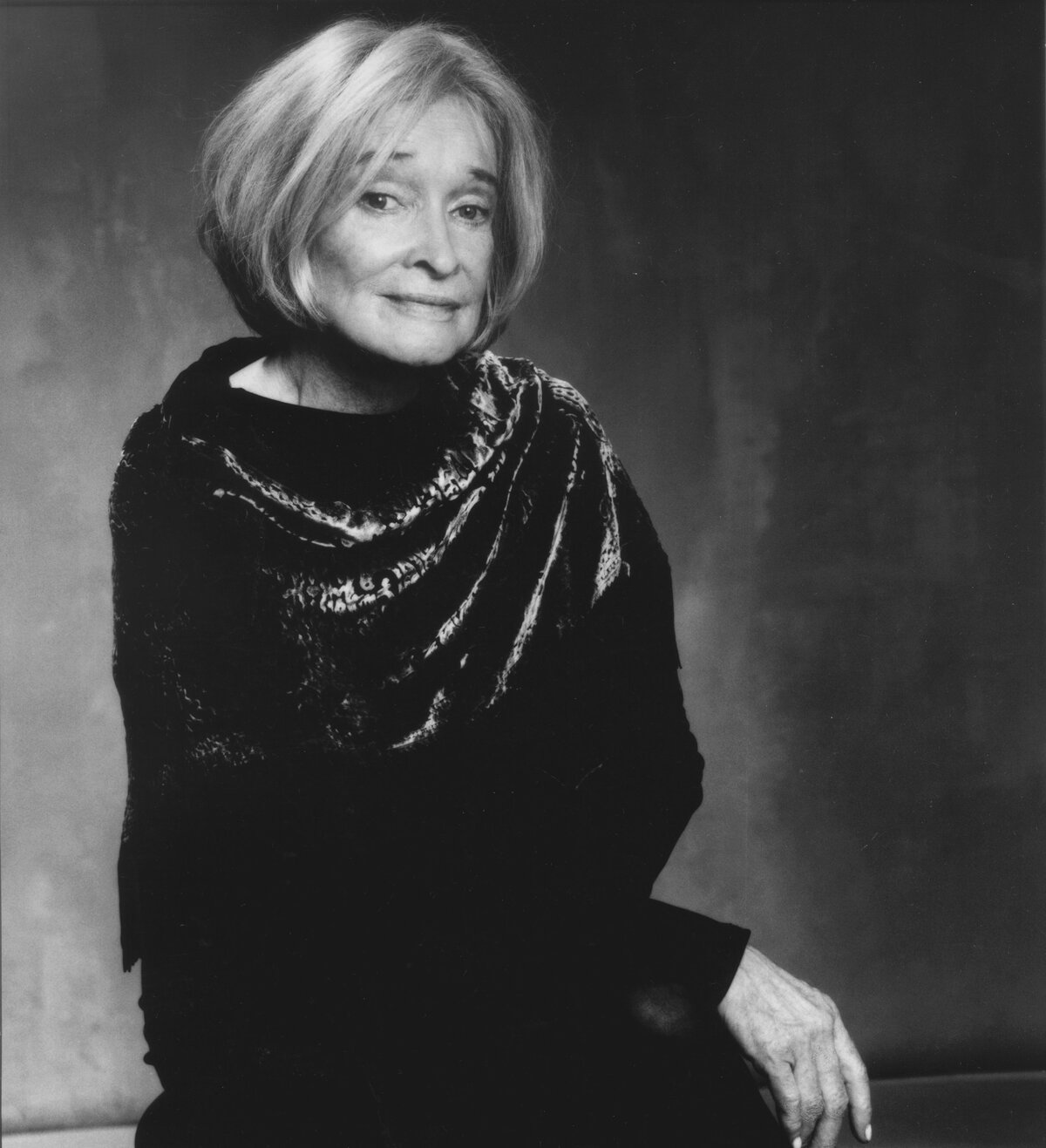Her gesture denotes sweetness, but there is also a strong character in her. She was the wife of Charles Mingus, the last one, who has fought so that the legacy of one of the undisputed geniuses of jazz is not dissolved into oblivion. It is she who, one fine day, when noticing that a store was selling pirated records of her husband, arguing that they were dealing in illegal merchandise, took them away in the face of the useless claim of the owner.
Sue Mingus was a co-participant in the last crossing of the Gargantua del Jazz, as some critics called Mingus. She accompanied him in health and in sickness and, attentive to her will, when she died she took her ashes to mix with the torrent of the Ganges River, in India. Ella from her headquarters plans the activities of the Mingus Big Band and the Mingus Orchestra. She hires the musicians, commissions arrangements, organizes tours and recordings.
Recently, along with violinist Regina Carter, drummer Louis Hayes and saxophonist Kenny Garrett, she was named a Jazz Master by the US government’s National Endowment for the Arts. Sue Mingus said in a statement, “I am humbled by this tremendous recognition that highlights my devotion to my husband Charles Mingus of 50 years and my efforts to further his legacy as a songwriter, virtuoso bassist and civil rights activist. Now, in his centenary year, I’m thrilled that Mingus’s music has a bigger presence than ever. The bands under her name and the concert epitaph are on tour, and our nonprofit organization Let My Children Hear Music produces the high school festival and contest that bears their name, as well as sheet music and other educational tools.”
A great acknowledgment to those who described her husband in these terms: “He was a man of great courage and honesty, who throughout his career never compromised his integrity one millimeter. He was a man with a great passion, full of music, spirituality, with a huge sense of humor and irony. He certainly was a man of great gift and talent. He unfortunately he had the wrong skin color in a white society. And his whole life he dealt with that the best way he could. This was often very difficult, but he did what he had to do to present his music. And that involved everything: kindness, violence, yelling, hitting, everything he had to do to be able to present his music, to be accepted in this society. I feel great admiration and pride in my association with Charles, I was very lucky.”
coda
Charlie in Mexico
In 1977 Charles Mingus appeared in the Sala Nezahualcóyotl before a euphoric audience and two years later he returned to Mexico sick to be treated by Pachita, a famous healer. “When we got back, a lot of people we met remembered that concert: the ambulance driver, the hotel clerk who collected his records, someone who was in line when we went to see the healer,” recalled Sue Mingus.
Xavier Quirarte

